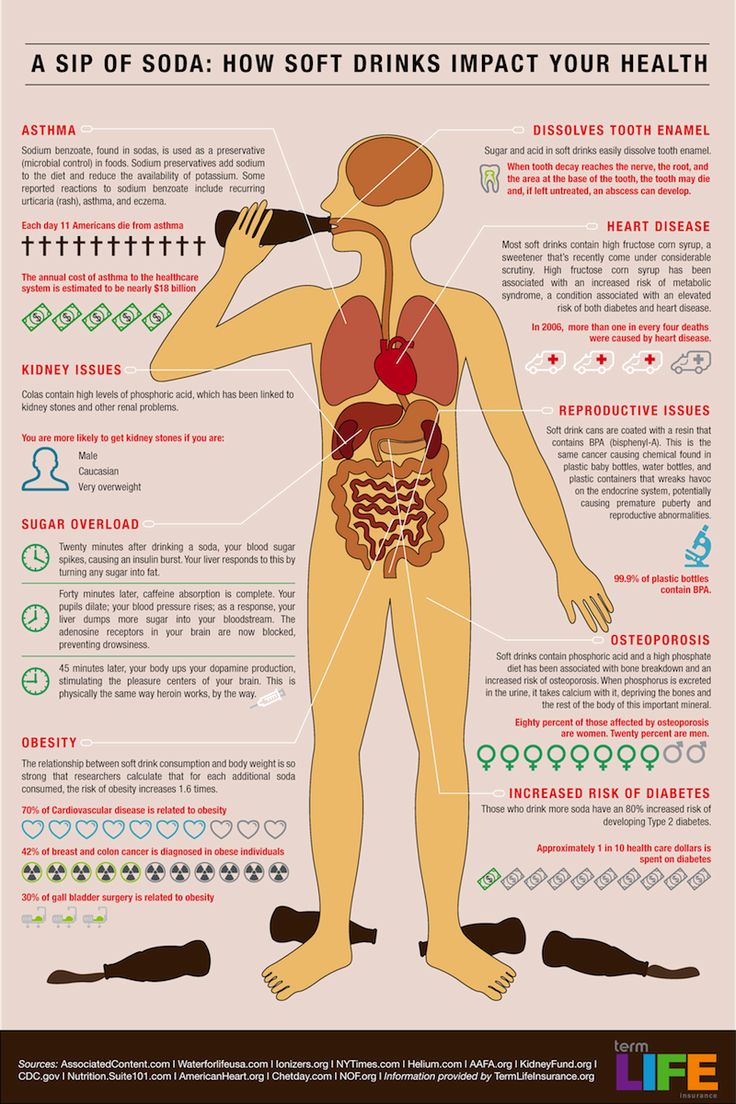You might feel that your mind is following a million threads as you flit between tasks without strong focus. Perhaps you toss and turn for hours before falling asleep, or stir after just a few hours of slumber and lie there exhausted but wide awake. Some call it monkey brain. Your legs twitch, you fidget and feel jittery. You’re wired but tired.
If you’ve tried yoga and meditation, but you’re still wound up, you might be interested to know that Busy Brain can be a result of physiological deficits, not just poor discipline.
Phosphatidylserine Relieves Busy Brain
Phosphatidylserine, abbreviated PS, is part amino acid and part fatty acid. It’s a substance used to build the membranes of all the cells in your body. It is especially important in brain function. Because it enhances glucose metabolism and orchestrates cortisol balance, it is your friend for stronger focus, better sleep, and downregulating impulsivity.
While your body can make PS, you depend largely on food to get the raw materials for its manufacture. If you don’t get enough Omega 3 in your diet, you will be compromised in creating this phospholipid that uses fatty acids for its structure. Additionally, the process of assembling PS requires lots of B vitamins. With all the stress you are faced with, and the sugar you eat to keep going when you’re ready to bonk during the day, your stores of B vitamins have been robbed already. If your gut health is compromised, the probiotics that create B vitamins in your digestive tract are likely diminished, leaving you even less able to furnish these critical vitamins.
Eat Fish and Sauerkraut
Supplementing with PS is a temporary solution. While it may address symptoms, it doesn’t really fix the root deficiencies. Of course, it’s imperative that you get a handle on your stress and bust your sugar habit so that the nutrients you need aren’t diverted to these unnecessary distractions. But there are some modifications you can make to your diet, too. The easiest way to get more Omega 3 into your diet is to eat fatty fish (salmon, herring, and halibut) and fish products several times per week, including the traditional remedy, cod liver oil.
Boosting B vitamins the traditional way involves eating probiotic foods. After all, which is more efficient in the long run: having a vitamin factory inside of you, or continually buying that B Stress Complex from now until you reside in an assisted living center?
Sauerkraut is one of the easiest fermented vegetables to make. Here’s a basic recipe:
Basic Kraut Ingredients
1 head of cabbage
1-2 Tb. Unrefined salt
1-2 cups optional ingredients: apples, carrots, beets
1-2 tsp. optional flavorings: crushed garlic, cumin seed, caraway seed, cilantro, red pepper flakes
Basic Kraut Instructions
Finely chop or grate the cabbage (and other optional ingredients) into a large stainless, glass, or plastic bowl. Sprinkle with salt and any additional flavorings. Toss well. Let rest at room temperature until juices are drawn from cabbage, about an hour. Stir vigorously, tamping the cabbage and releasing more juices..
Press firmly into a quart jar, until the cabbage is 2 inches from the top and covered with liquid. Pour any additional liquid from the bowl into the jar to finish filling the jar. It is important that the cabbage remain covered with juices during the fermenting process. Put the lid on, but not too tightly. You want gases to escape. Leave at room temperature for two weeks. Now tighten the lid and transfer to the refrigerator. Enjoy a portion every day. Stores 6 months.











